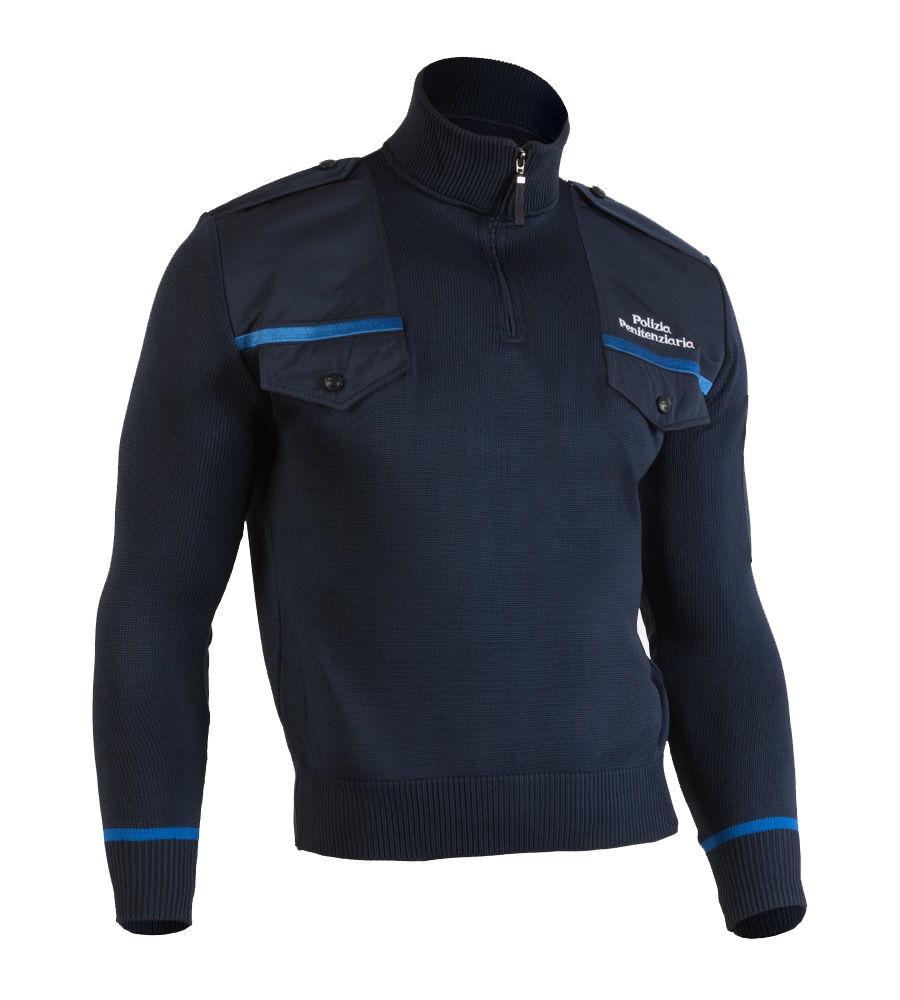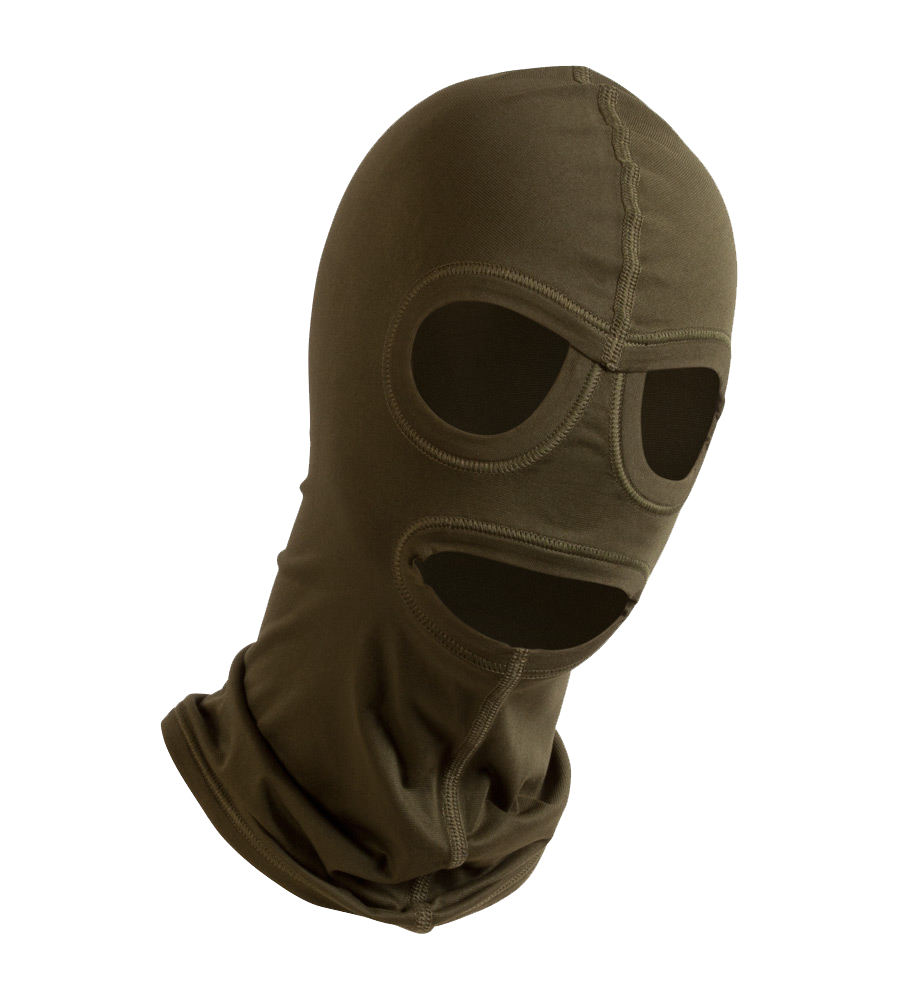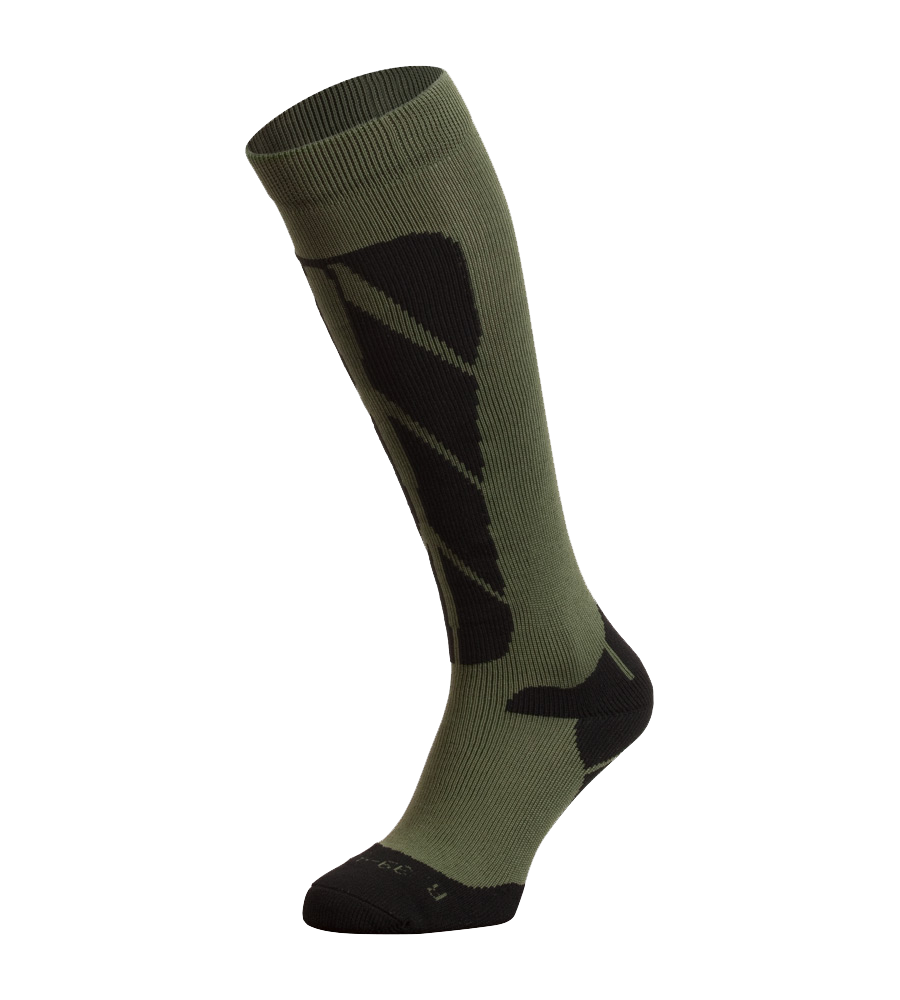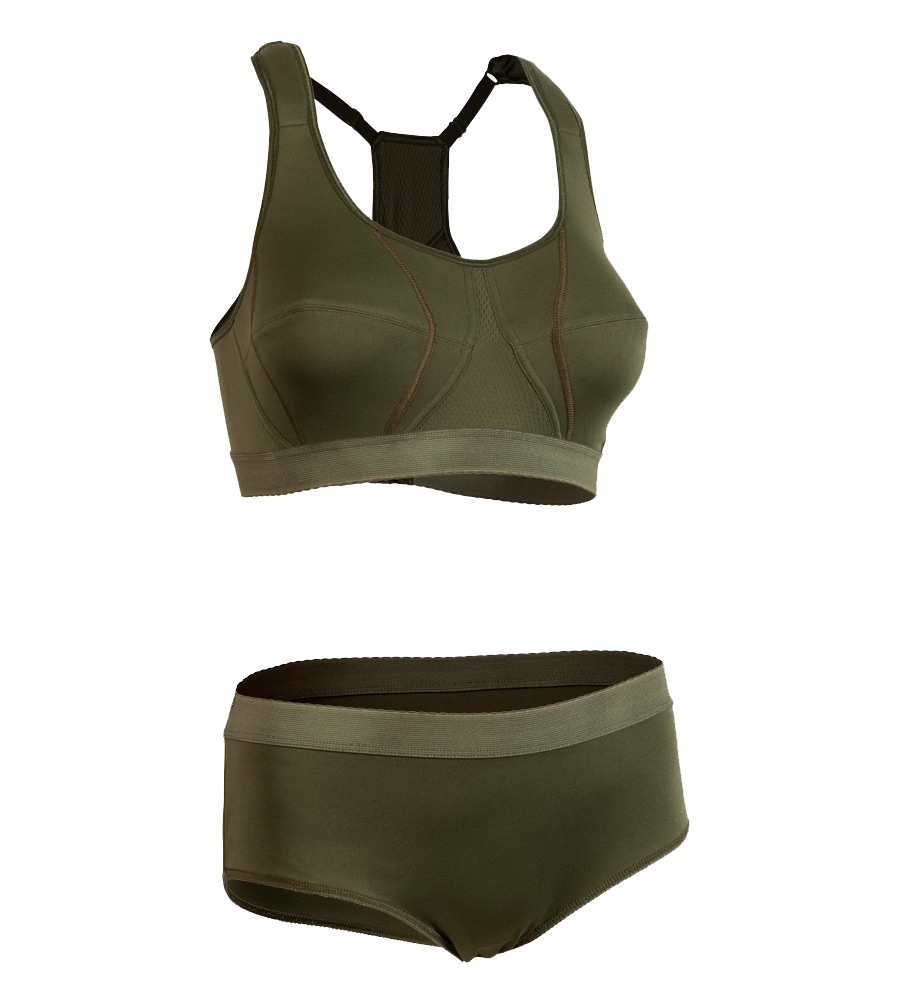DRYTEK™
The Drytek fabric has as a “natural” feature the capacity to not absorb humidity that combined with the high fiber surface tension allows to dissipate sweat outwards. The worn garment does not prevent sweat evaporation, but on the contrary promotes sweat dispersion enabling a natural process of body temperature control which allows the body to reach a correct thermal balance.
Due to its high isolating capacity, Drytek stabilizes and maintains the body temperature constant in environmental conditions of high or low temperatures. Its thermo-insulating property is unique and creates a transpiring barrier which conveys sweat outwards, favoring a healthy microclimate that allows the skin to remain dry and fresh.
Strong, compact and resistant under any conditions, Drytek passes the toughest resistance tests in abrasion and wear and tear. Its initial features (size, color, fabric quality) remain the same even after many machine-washes. Its bacterial control properties determine the lack of bad odor formation caused by the bacteria which develop in the humid parts of clothes
SWEAT DISSIPATION CAPACITY
- Drytek 100%
- Polyester 13%
- Polyacrylic 3%
- Polyamide 1%
- Cotton 0,6%
- Wool 0,3%
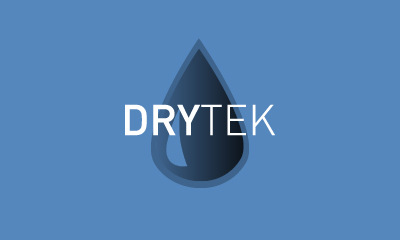
MORE INFORMATION
For more information about FORCETEK including technical specifications, videos and other material, please contact us.
PRODUCTS
SPECIFICATIONS
- high breathability
- body temperature control
- abrasion resistance
- tear resistance
- anti-pilling
- quick drying
- unaltered machine-wash stability
- high color stability
- antibacterial
- dermatologically tested
- 4 ways stretch
LEVEL 1: +10º C to +40º C
- Drytek Light 4 Way Stretch
- Drytek Air
- Drytek Air Plus
LEVEL 2: 0º C to +20º C
- Drytek Win 4 Way Stretch
- Drytek Warm 4 Way Stretch
- Drytek Air Plus
LEVEL 3: -5º C to +10º C
- Drytek Thermic
- Drytek Sweater
- Drytek Rip Stretch
LEVEL 4: -20º C to 0º C
- Drytek Thermic No-Wind
Drytek is certified according to the UNI EN ISO 12947- UNI EN ISO 12945 – UNI EN ISO 105 B02 – AATCC 100 regulations

